Today, the representation of future generations in climate policymaking is one of the most dynamic areas of democratic innovation.


Today, the representation of future generations in climate policymaking is one of the most dynamic areas of democratic innovation.
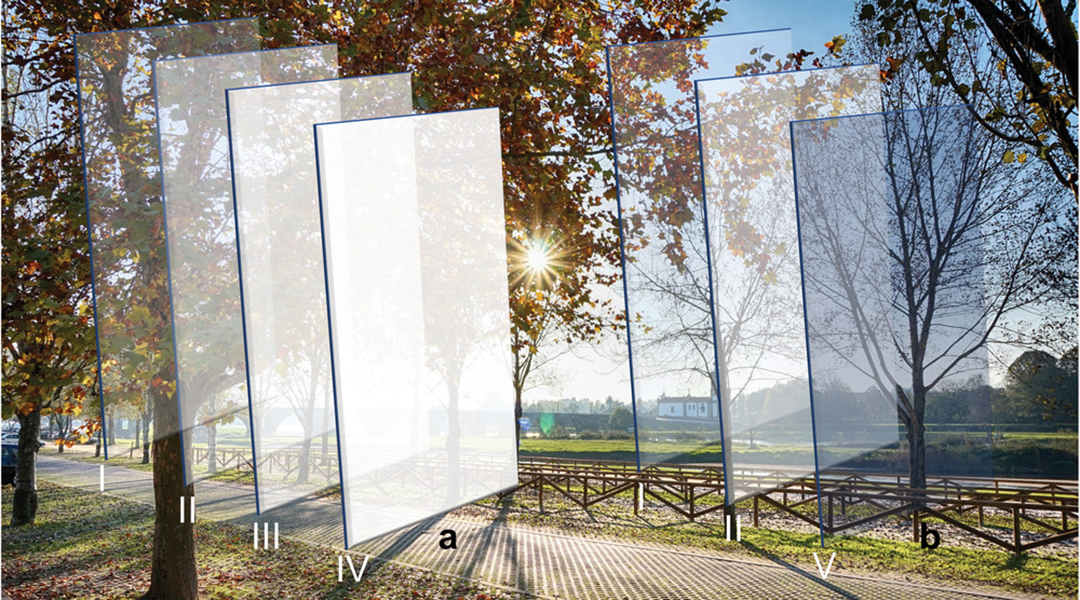
A new nanofluid coating provides an opportunity to reduce energy waste in the next generation of smart windows.

Large-scale re-forestation can be a very effective means to decarbonize the future.
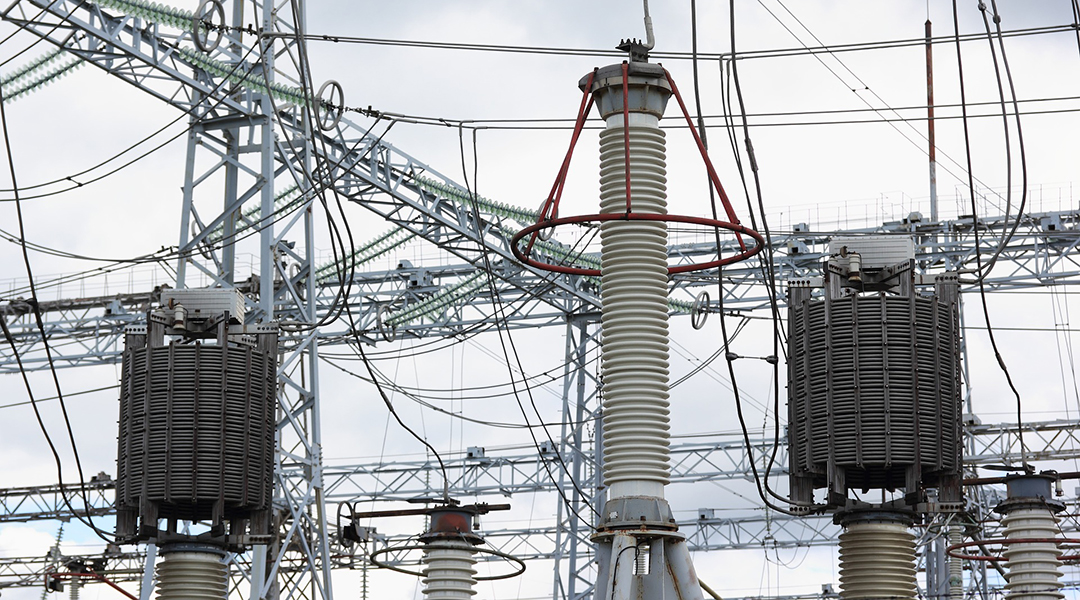
How feasible is hydrogen production using renewable sources of energy?
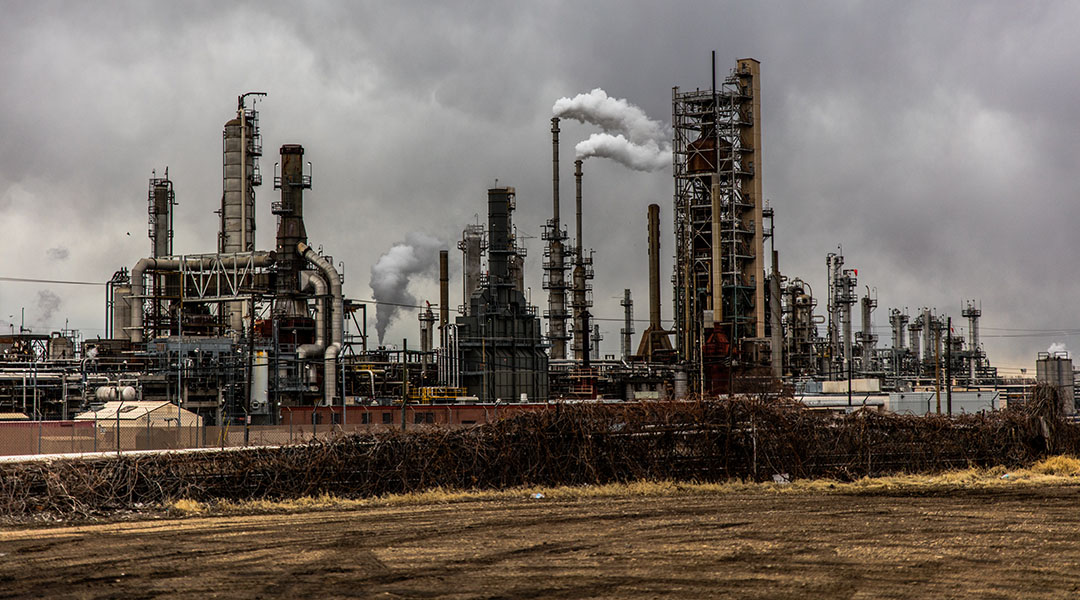
Oil-rich countries force through compromise at UN climate talks in Bonn, Germany, that many think falls short of acting on key conclusions from last year’s IPCC report.

A novel cell type with interlocked packing found to be responsible for the hardness of walnuts’ shell
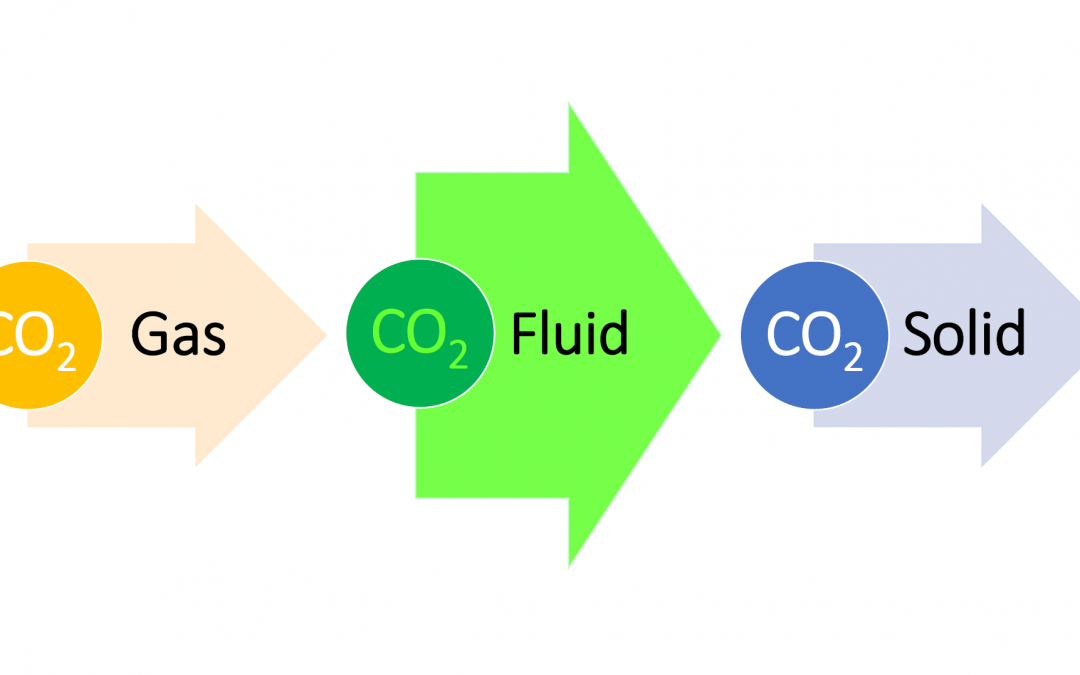
At standard temperature and pressure, CO2 exists as a gas. On cooling to -78.5°C, it becomes a solid called dry ice, which is a common refrigerant. At a critical temperature and pressure of 31.1°C and 72.9 atmospheres, respectively, CO2 becomes a supercritical fluid...

Nationally Determined Contributions (NDCs) outline national goals for greenhouse gas emission reductions.

A research group has found a way to turn plastic waste into jet fuel.
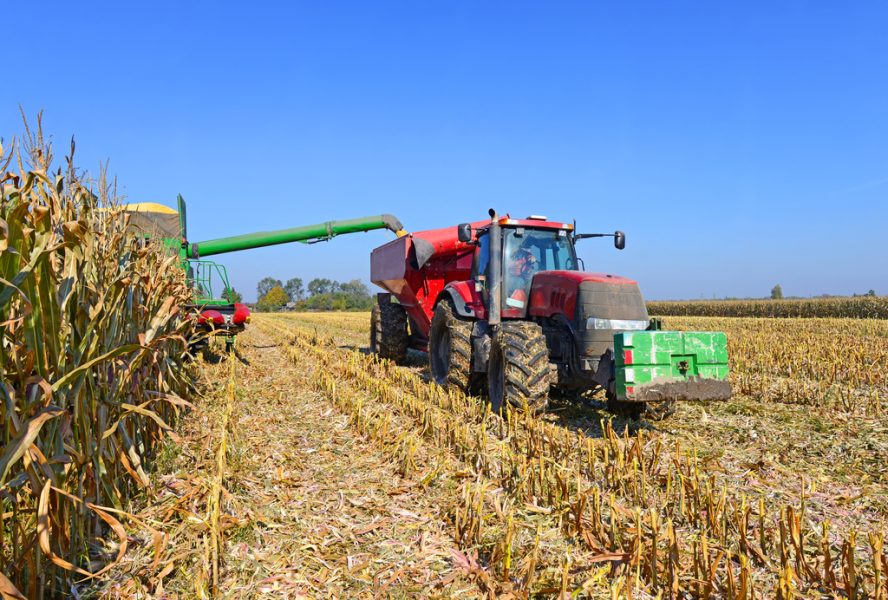
A trilayer plasma-deposited coating that encapsules maize to protect against infection by the fungal pathogen Fusarium graminearum.